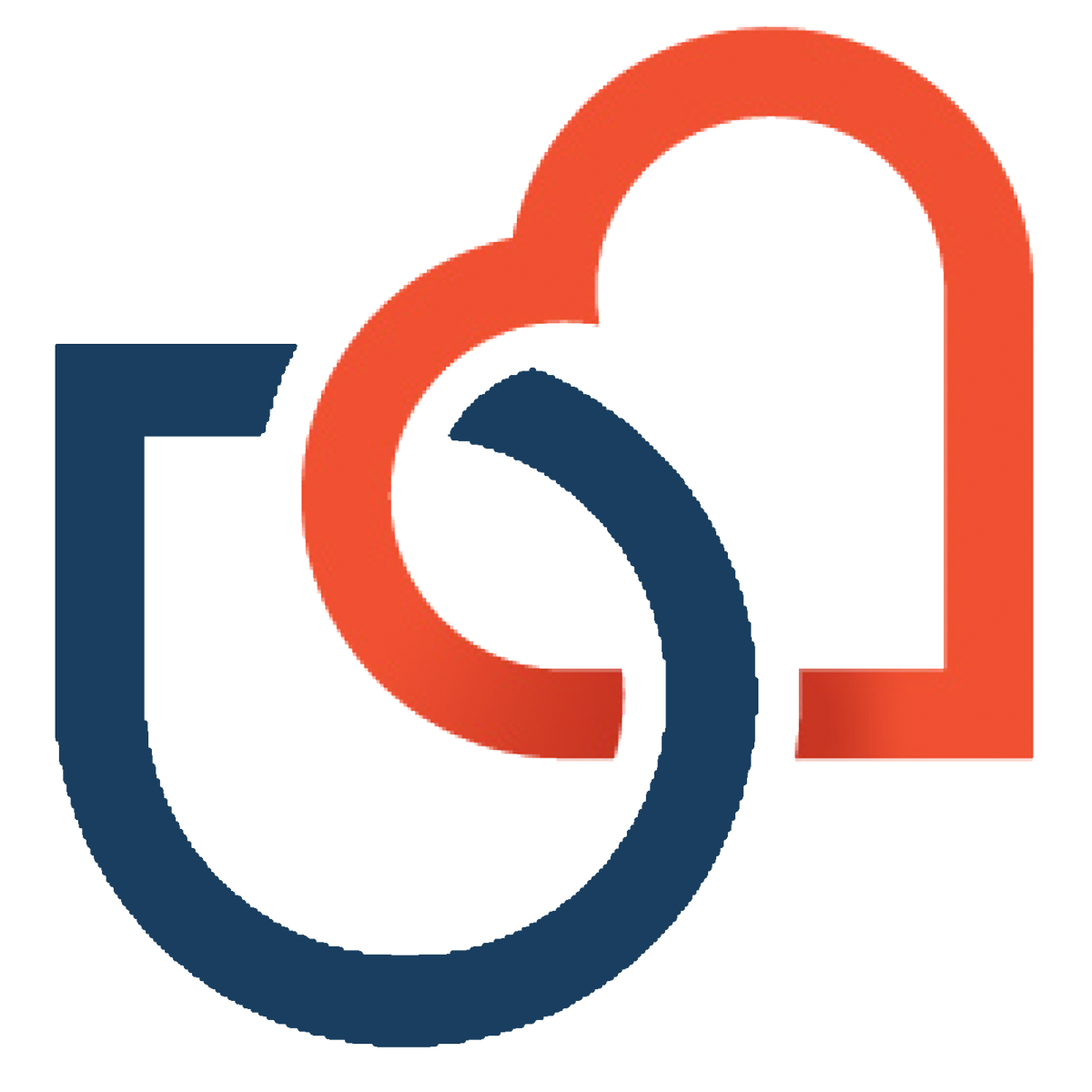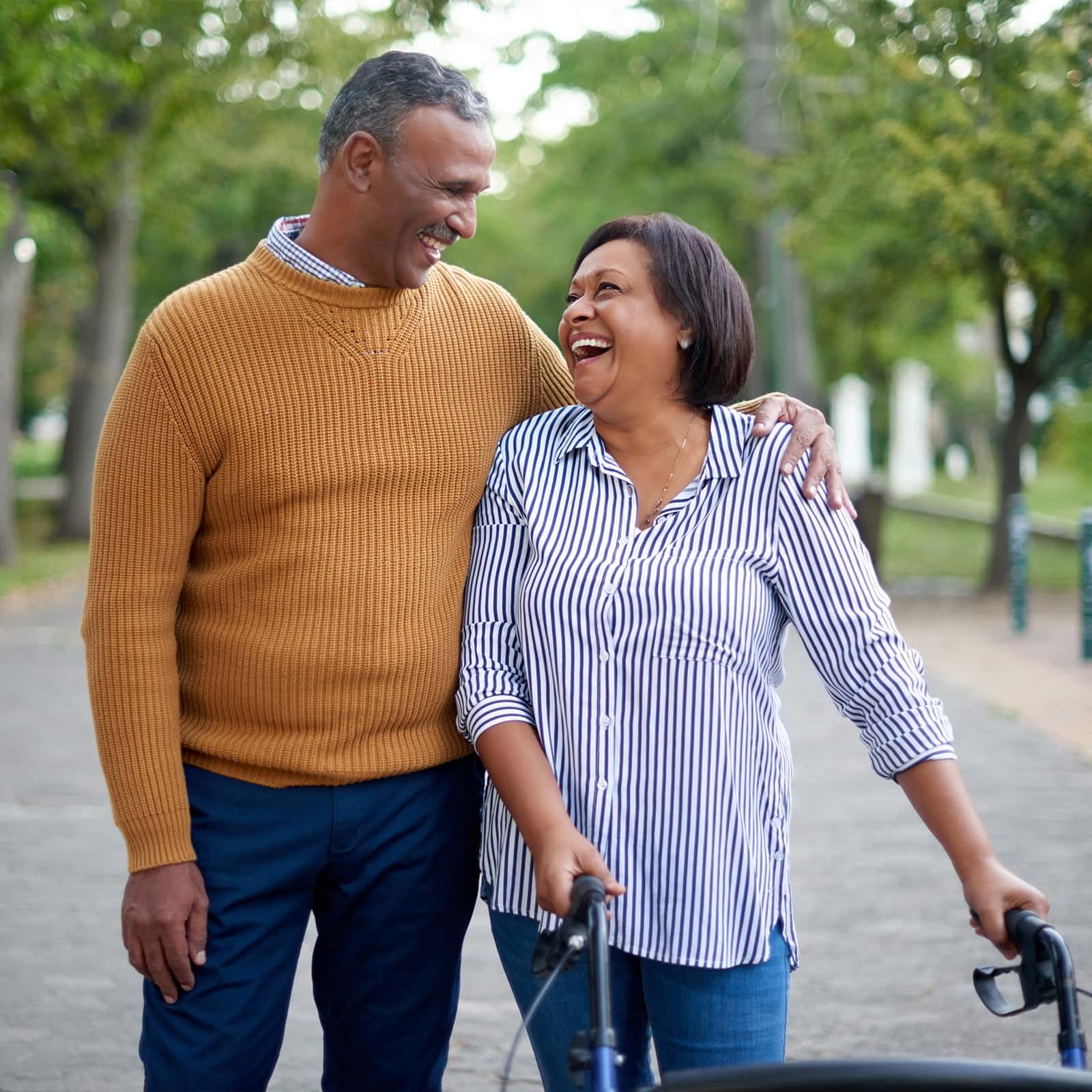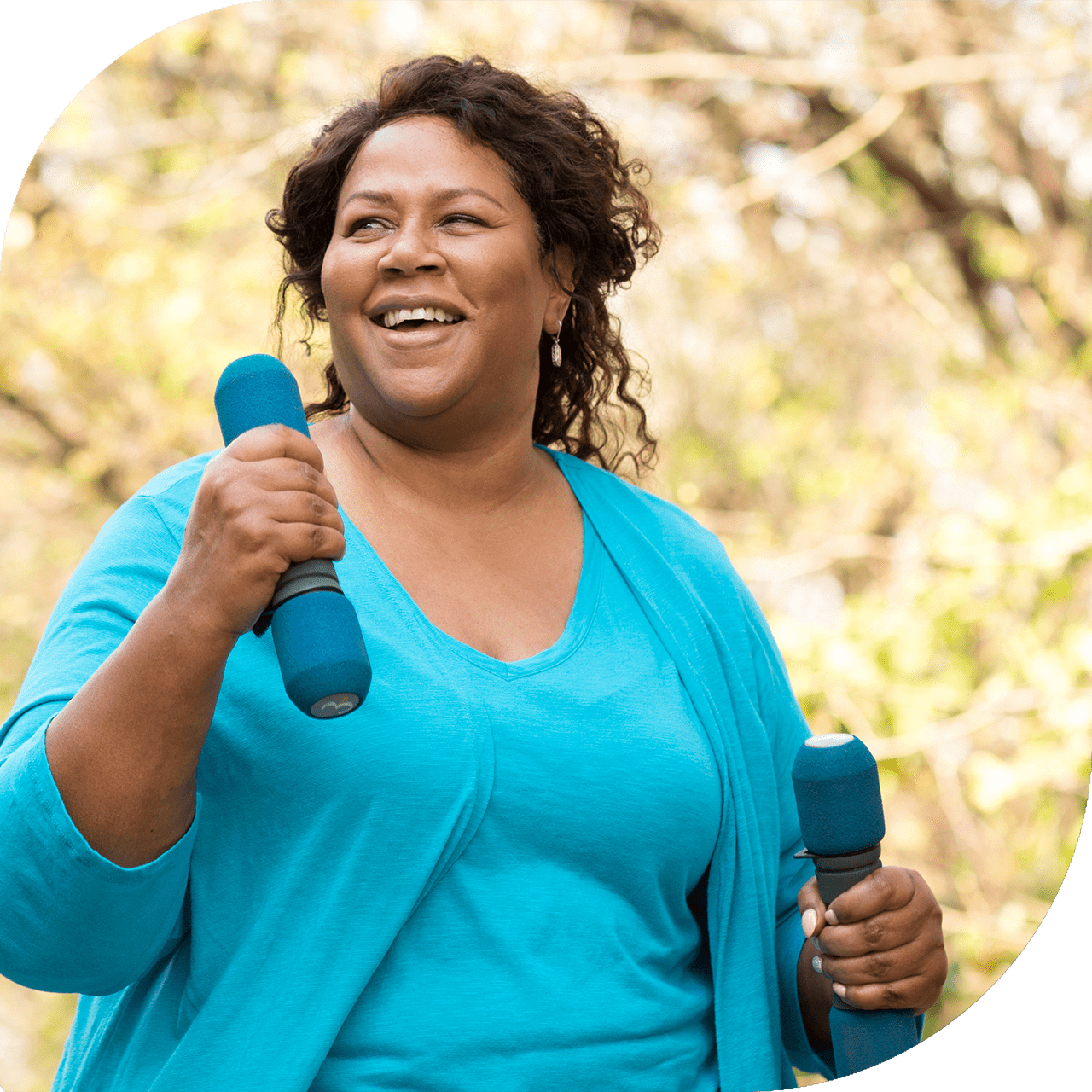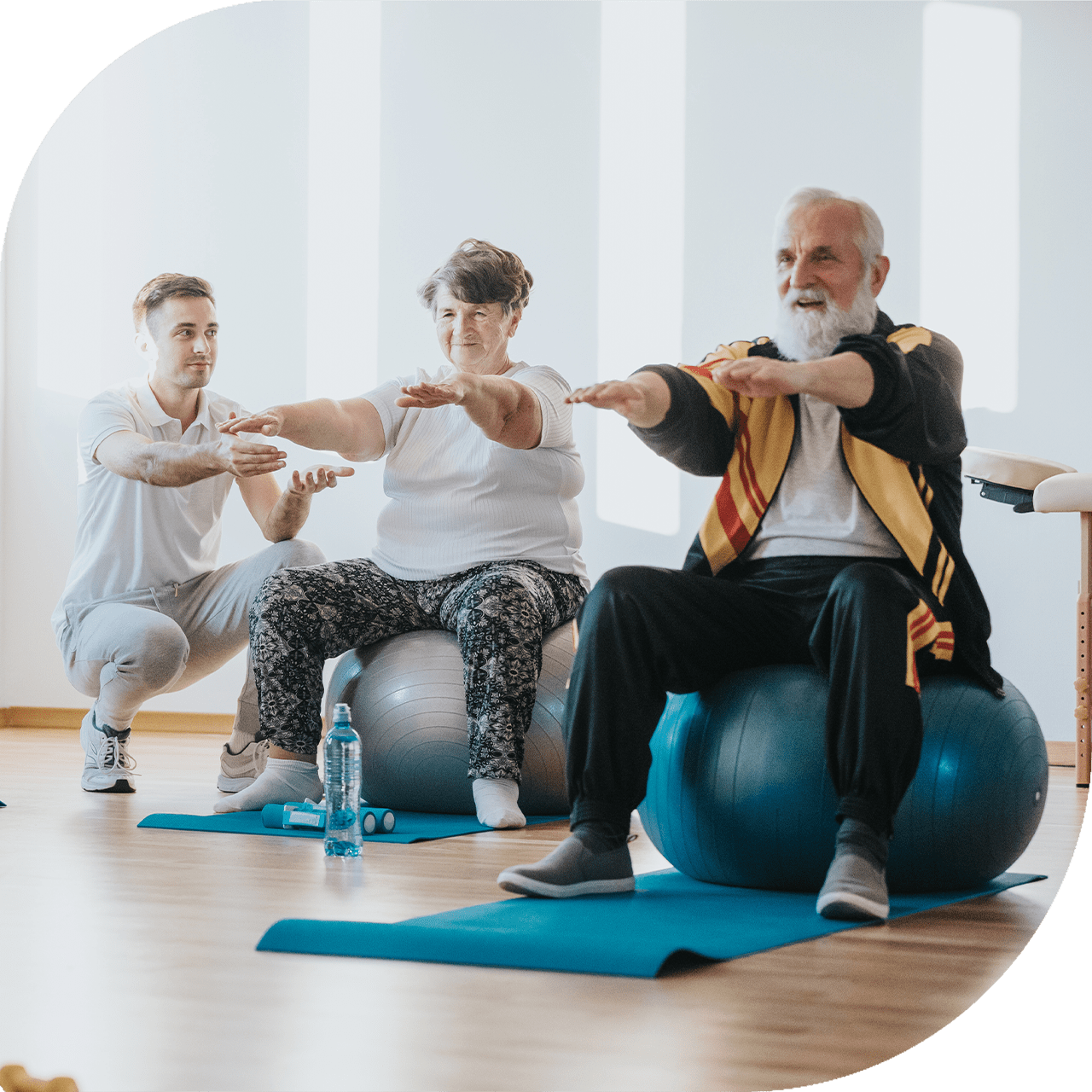
Session 3
Move Those Muscles

Session 3-1
Lowers your risk for diabetes
Reduces insulin resistance
Improves handling of sugar and fat by the body
Lower blood sugar
Helps reduce weight & improve metabolism
Burns calories & reduces fat stores
Reducing weight improves insulin resistance
Reducing weight improves cardiovascular health
Reduces chronic inflammation


Improves your cardiovascular health
Raises HDL cholesterol (the “good” kind)
Lowers triglycerides (one of the fats in the blood)
Lowers blood pressure
Improves blood flow
Improves your physical fitness
Improves muscle tone & body shape
Lowers risk for back pain & injuries
Strengthens heart, lungs, bones & muscles
Makes daily activities easier (such as climbing stairs)
Gives more energy
Improves your cognitive wellbeing
Reduces risk of dementia (including Alzheimer’s disease)
Helps with depression & anxiety
Reduces stress
Perks up your mood & self-esteem
Improves sleep
Paul’s Story
Let’s assess your physical activity profile and your readiness to get active by responding to a few questions.

“Paul is at risk for type 2 diabetes. His doctor urges him to lose 20 pounds and work up to at least 150 minutes of activity each week.
Paul and his wife have three children. The kids all play sports, and he spends a lot of time driving them to events.
Paul works full time. On weekends, he works a second, part-time job. When he has some free time, he likes to watch basketball on TV, but he rarely plays it. He spends a lot of time sitting.”
If you were Paul, what could you do to become more active?
Each of us will start being active at different levels. Your current activity level does not matter. We will begin slowly.
Just as you are keeping track of your food intake, you will also keep track of your physical activity.
Before you start any activity, think about how active you are now and how active you were in the past. Also think about what you like and dislike when it comes to being active or inactive.
Thinking about all these questions will help you decide what you want to do and how much physical activity is best for you.
